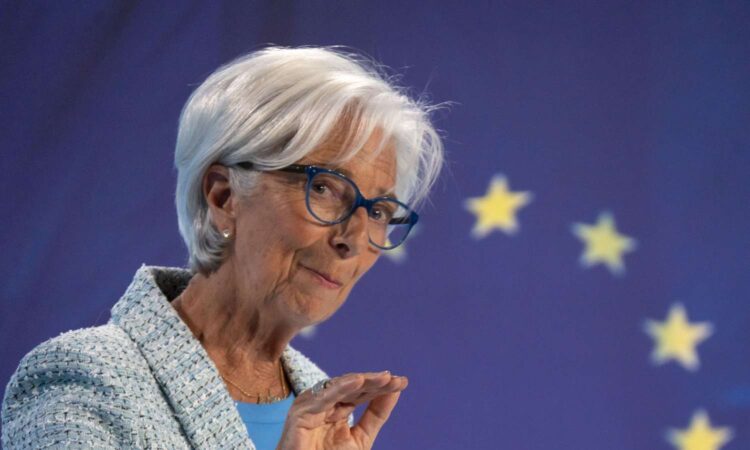
Key Takeaways
- The European Central Bank (ECB) cut its key interest rates Thursday, making it the second Group of Seven representative to do so in this inflationary cycle. However, the U.S. Federal Reserve likely will not follow its European counterpart’s example.
- Inflation growth has steadily declined in the European area in the first quarter of the year. Meanwhile, inflation in the U.S. somewhat reignited in the first quarter.
- The Federal Reserve is unlikely to cut its rates at its meeting next week.
The European Central Bank (ECB) made an expected cut to its key interest rates Thursday, despite some questions over whether the European area it governs is making significant progress on inflation.
Like its Canadian counterpart a day earlier, the ECB reduced its deposit rate by a quarter of a percentage point, its first rate cut since 2019. The central bank had held rates at their peak for nine months before making the move.
However, the movement in central bank peers from Group of Seven (G7) countries isn’t likely to sway the Federal Reserve to follow the example.
Why Are Other Central Banks Cutting?
The ECB said it was ready to cut rates because of the progress made on inflation since the central bank moved rates higher last September. However, prices grew by 2.6% annually in May, above target, and Eurosystem staff increased their inflation projections for both 2024 and 2025.
“Underlying inflation has also eased, reinforcing the signs that price pressures have weakened, and inflation expectations have declined at all horizons,” the ECB said in a statement. “At the same time, despite the progress over recent quarters, domestic price pressures remain strong as wage growth is elevated, and inflation is likely to stay above target well into next year.”
That inflation is similar to levels in the U.S. According to the most recent Personal Consumption Expenditure (PCE) price index, inflation rose 2.7% over the year in April. Both central banks are attempting to get inflation to a goal of 2%.
Why Isn’t the Federal Reserve Cutting Rates, Too?
The difference between the trajectory of these economies is the path of inflation so far this year. While inflation reignited in the U.S. during the first quarter of the year, the Euro area’s inflation kept up a steady pace of decline during that time.
The U.S. Federal Reserve will meet next week and isn’t expected to move its fed funds rate of 5.25%-5.5%. Officials on the U.S. central bank’s Federal Open Markets Committee (FOMC), which sets monetary policy, have said they need more confidence that inflation is sustainably approaching their target before cutting rates.
Traders are pricing in a 68% chance that the Federal Reserve will cut rates in September, according to the CME Group’s FedWatch tool, which forecasts rate movements based on fed funds futures trading data.
Will the ECB Continue To Cut?
But with a murky path ahead for inflation, the ECB gave little indication on whether it would continue to cut rates, analysts noted.
“The statement arguably gave less guidance than might have been expected on what comes next,” Mark Wall, Deutsche Bank chief European economist, said. “In that sense, the immediate tone is a ‘hawkish cut’. This is not a central bank in a rush to ease policy.”
Wells Fargo economists forecast that the ECB likely will hold its rate in July but will resume cutting in October.
“By the fourth quarter, we expect Eurozone wage growth and underlying inflation may have slowed sufficiently for the ECB to deliver rate cuts at its October and December meetings, especially if the Federal Reserve begins lowering interest rates as well,” they wrote.





